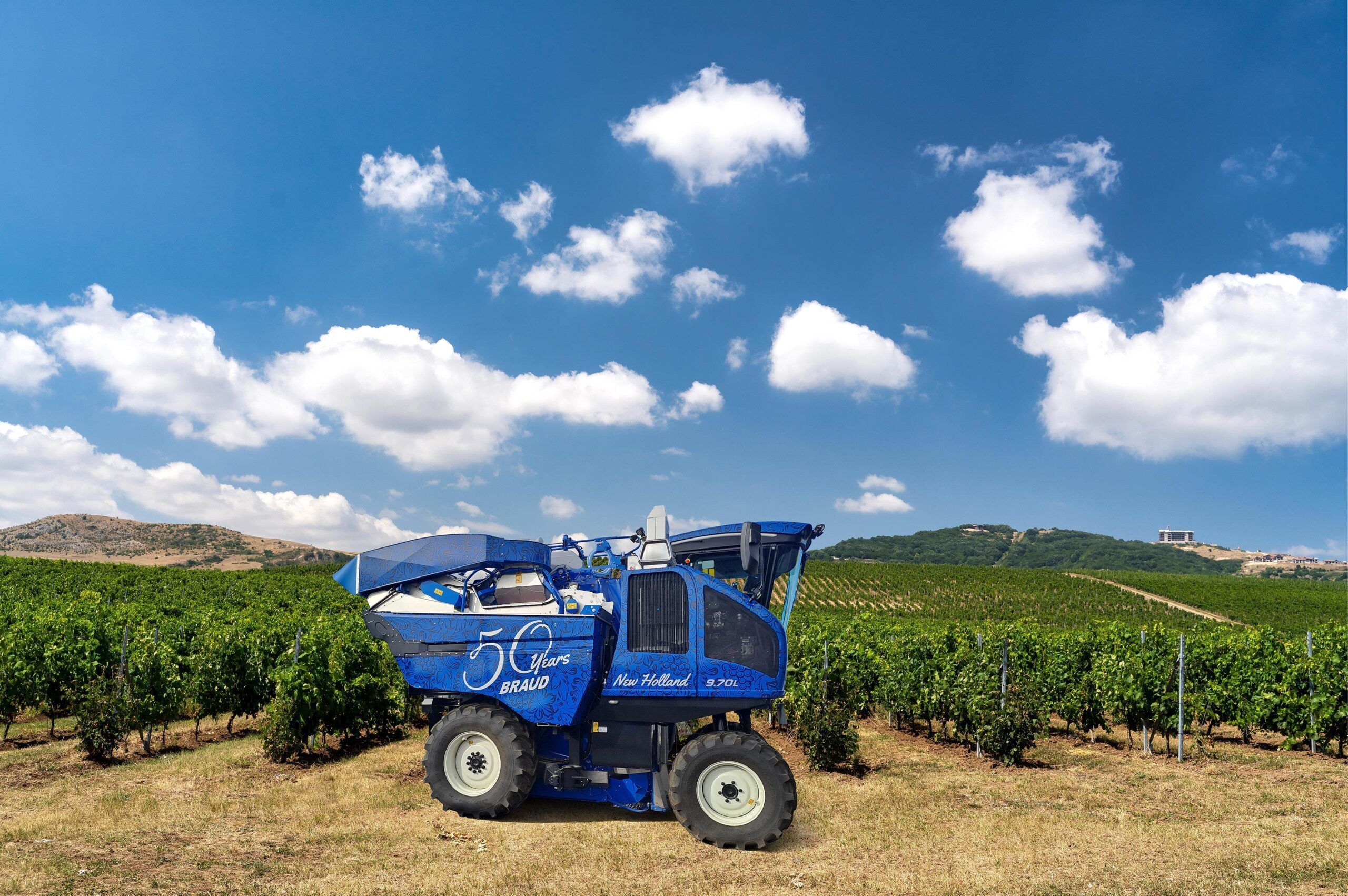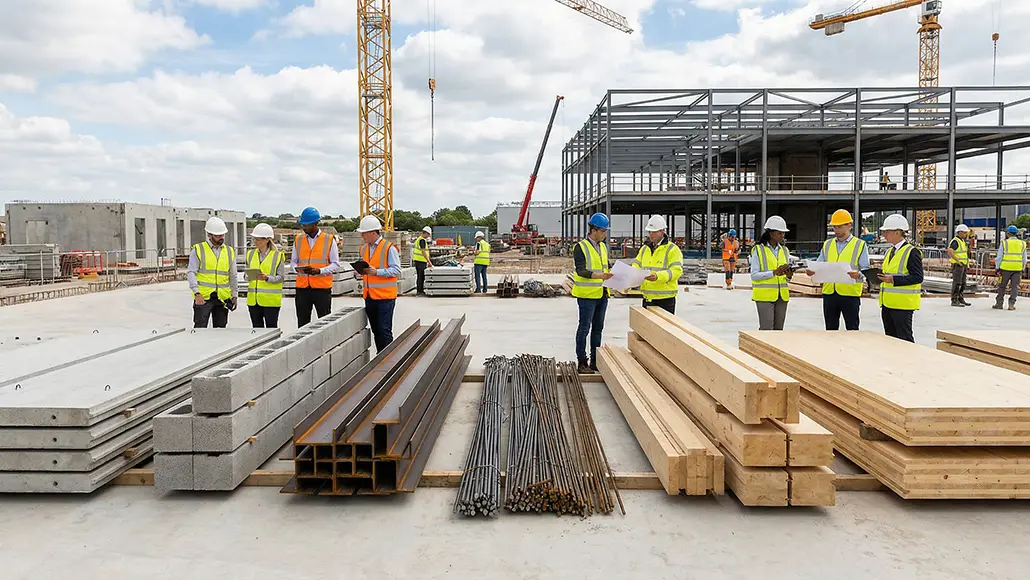Excavator Sizes Explained Sizes Explained: Choosing the Right Machine for Your Project

Excavators are universal machinery that has enhanced the construction, landscaping, and mining businesses. From compact mini excavators perfect for narrow areas to giant machinery invented for large-scale tasks, excavators come in different sizes to suit miscellaneous needs. Selecting the proper size is necessary to provide efficiency, safety, and cost-effectiveness for your distinct jobs.
Excavator Sizes
Excavators come in various sizes to adjust to the needs of other tasks. Whether you’re using this part of rental heavy-duty tools to achieve your backyard landscaping or retail construction task, you can find the correct excavator dimensions that fit your requirements.
There are three major excavator measures you should know about. These size categories were selected based on the weight of the device.
Mini Excavator
The most miniature excavator size you can see is the mini excavator. This kind of excavator is considered no more than seven measured tons and is often directed as a compact excavator.
Because of its size, the mini excavator is usually used for tasks that have to trade with tight worksites. Due to its compact size, It provides exceptional precision, letting workers operate around building materials.
Besides, the mini excavator is chosen for smaller projects because it can be used on soft landscapes and completed zones without hurting or pulling up the ground. Nevertheless, it is not as strong as its larger images and may not have the needed power demanded for larger tasks.
Standard Excavator
Weighing between seven and 45 measured tons, the traditional excavator is one of the numerous typical types presented by excavator labels. This excavator size is often used in a type of construction project because it delivers the required power and hauling capability.
Although the traditional excavator is more significant than the mini excavator, it can even be easy to maneuver on smaller worksites. Nevertheless, because of its size and importance, a common excavator may cause harm when used over pavements, roads, and soft topography. It may also be hard to haul standard excavators. You ought to load them on a carrier truck before conveying them to the worksite because they cannot be moved over roads.
Large Excavator
The most extensive excavator size you will see in the need weighs more than 45 metric tons and is usually used for heavy-duty appointments. Because of their height, extensive excavators can offer the power and hauling power required to achieve large projects like large-scale destruction and central commercial construction.
Large excavators are used in digging footings for large infrastructures, such as flat complexes, shopping hubs, and high-rise structures. This type of excavator is also good for handling the big importance of soil when constructing earthmoving jobs.
Equivalent to standard excavators, big excavators may be questioning to cart. You have to support a big transport truck to be capable of bringing this piece of equipment to and from other sites.
Excavators are essential machines in construction, landscaping, mining, and diverse other industries, delivering unmatched versatility and efficiency. These machines come in a variety of sizes, from compact mini excavators developed for narrow metropolitan spaces to large-scale models capable of handling massive excavation tasks on heavy-duty sites. The size of an excavator defines its functions, lifting capacity, digging depth, and maneuverability, making it vital to select the right size for your task. Mini excavators are perfect for light tasks like trenching, gardening, or municipal work, while medium-sized models excel in urban construction and light commercial jobs. Larger excavators, on the other hand, are created to tackle extensive tasks such as mining, road construction, and large-scale destructions. By understanding the powers and limits of each excavator's dimensions, you can optimize efficiency, lower costs, and assure safety, all while performing your project's plans with accuracy and dependability.
Choosing the right excavator size can make a considerable difference in the conquest of your project. Whether you're steering tight metropolitan sites or tackling heavy-duty excavation jobs, understanding the abilities of different excavator sizes certifies you to make informed conclusions. Invest in the right machine and watch your projects reach new heights of efficiency and productivity.

 machineryasia
machineryasia 








